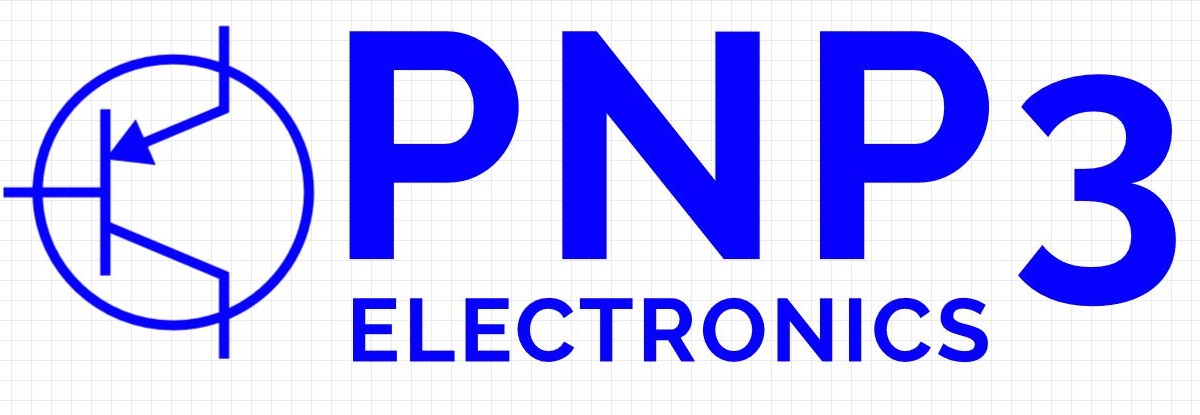I’ve spent over 20 years helping companies build embedded systems, from quick proof-of-concept demos to production hardware. Along the way, I’ve seen what makes projects succeed and what makes them fail.
If you’re starting an embedded project that mixes firmware, hardware, and maybe some FPGA logic, here are the most common pitfalls I see and how to avoid them.

Vague Requirements Kill Good Projects
Many embedded projects start with a bullet list of goals that sound nice in a slide deck but don’t hold up under engineering reality. Low power, high performance, fast download speeds, lots of memory, communications interface, quick execution time.
Resolution:
Early on, we need to figure out what actually matters most and assign realistic numbers to each requirements based on cost, time, and user experience trade-offs.
If priorities are not set, scope creep and technical debt builds fast. I can help clients define specs that align with their goals so when tradeoffs come up, we can move forward with clear intentions.
Underestimating Firmware Complexity
I’ve lost count of the projects where the firmware was “just a few drivers” until it wasn’t.
Bringing up a new board, integrating drivers, designing an RTOS architecture, managing timing, validating communications, firmware is usually half (or more) of the work.
Resolution
Start firmware work in parallel with hardware design, even if it’s on a demo board. Build up test harnesses and simulation before boards are even back from fab.
Treat firmware as a primary deliverable, not something bolted on at the end. The sooner you build out test code, bring-up routines, and diagnostic hooks, the sooner you’ll spot design issues while they’re still easy to fix.
Picking the Wrong Parts
Clients sometimes choose parts because they’re popular, or cheap, or because someone used them before. But every project has constraints, be it availability, temperature ranges, footprints, performance, or power requirements and all must be considered carefully in every new embedded project. Selecting the wrong microcontroller or FPGA can sink your schedule when you discover halfway through that it doesn’t fit your real workload.
Resolution
Spend the time up front to do the component evaluation. Look at not only datasheets but also development ecosystem, driver support, and evaluation tools. I’ve had a few projects where spending a week comparing options would have saved months of rework later.
Ignoring Integration and Test Until the End
When teams treat hardware, firmware, and software as separate silos, everything seems fine in isolation, until you plug it all together. That’s when you find power draw is higher than calculated, interrupts don’t line up, or the firmware gets stuck in an unexpected corner case.
Resolution
Plan for integration as an incremental process, not a single event. Build partial prototypes. Validate interfaces with loopback tests or emulators. Leave time in the schedule for unexpected debugging. It always shows up.
Communication Gaps Between Teams
This might be the most common root cause of project overruns: a team of talented people working hard in parallel, but not in sync. Firmware waits on hardware. Hardware waits on firmware. Mechanical constraints change mid-design. Everyone assumes someone else has it covered.
Resolution:
Hold short, focused check-ins, even informally. Keep a shared document or Kanban board tracking issues, open questions, and dependencies. When I consult, I often act as the glue between hardware and firmware. Just having a single point of contact to coordinate saves a lot of time and headaches.
Skimping on Documentation
You get the prototype working, everyone celebrates, and then nobody documents it. Six months later, nobody remembers the critical timing of a GPIO pin or why an interrupt .
Resolution
Document as you go. Schematics, firmware architecture notes, test results. Programmers often don’t realize how critical code comments are. Not for today, but for 6 months from now when you have to revisit the code. Or heaven help the poor embedded engineer who has to pick up someone else’s undocumented code.
Documentation doesn’t have to be a novel. Bullet points in are fine. Brief descriptions or even drawings. You’ll thank yourself later when you eventually have to return to the design.
How I Help
Over the years, I’ve learned that most of these issues are preventable. When I join a project, I help clients:
- Define realistic specs and priorities up front
- Choose components that fit not just technically but also logistically
- Develop firmware alongside hardware, not after it
- Build test plans and prototypes early
- Keep communication flowing between teams
- Document decisions before they get lost
That’s how you take an idea from whiteboard to production without burning out your team or blowing the budget.
If you’re working on an embedded project, let’s talk. I’m always happy to brainstorm or see where I can help.
Contact me or learn more about what I do at www.pnp3.com.

